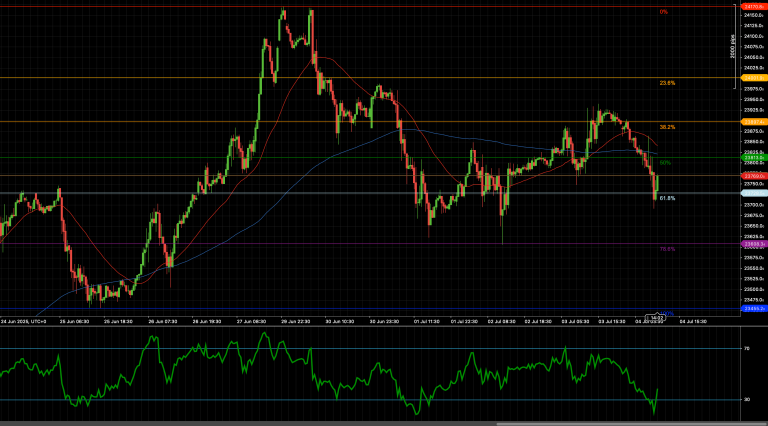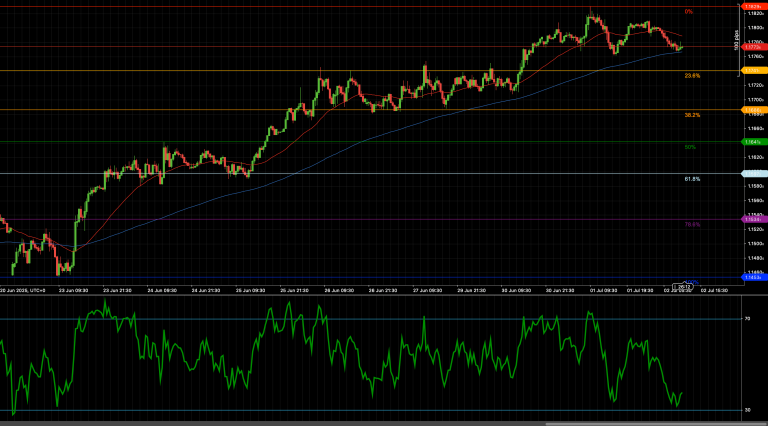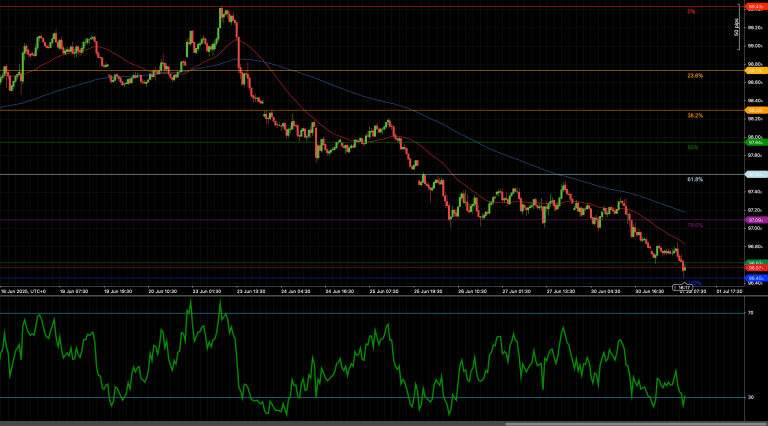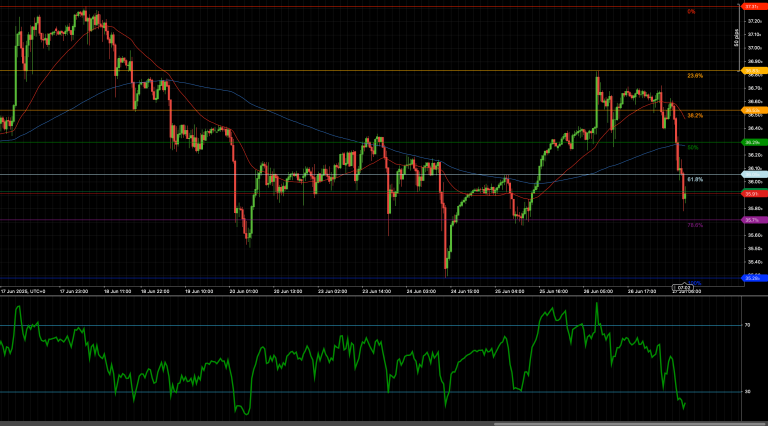Key Economic Developments Influencing the Forex Market: February 3–7, 2025
Executive Summary The week of February 3–7, 2025, was marked by significant economic events impacting the foreign exchange (forex) market. Notably, the U.S. experienced a slowdown in job growth, the Bank of England adjusted its monetary policy amidst persistent inflation concerns, and escalating trade tensions between the U.S. and China introduced new uncertainties. Additionally, the Reserve Bank of India engaged in currency interventions, and the U.S. dollar’s strength raised expectations of euro parity. These developments collectively influenced major currency pairs, shaping investor sentiment and market dynamics.
U.S. Labor Market: Deceleration in Job Growth In January 2025, the U.S. economy added 143,000 jobs, falling short of the anticipated 169,000. Despite this slowdown, the unemployment rate edged down to 4%, the lowest since May. Economists suggest that while the labor market remains resilient, the deceleration may signal emerging challenges. Factors such as recent natural disasters, wage growth trends, and evolving immigration policies are under scrutiny for their potential impacts. The Federal Reserve is expected to maintain current interest rates unless a consistent decline in job growth below 100,000 is observed, coupled with rising unemployment.
Bank of England’s Monetary Policy Adjustment On February 6, 2025, the Bank of England (BoE) reduced its base interest rate from 4.75% to 4.5%, marking the third cut since 2020. This decision aims to stimulate the sluggish UK economy but also raises concerns about potential inflationary pressures, with projections indicating a peak at 3.7% by summer. Homeowners with variable-rate mortgages are expected to benefit from reduced payments, while savers may face lower returns. The BoE’s cautious approach reflects a balance between fostering growth and managing inflation risks.
Escalation of U.S.-China Trade Tensions The U.S. administration’s imposition of a 10% tariff on Chinese imports prompted swift retaliation from China, including tariffs on U.S. goods and an antitrust investigation into a major American tech company. Despite these developments, financial markets remained relatively stable, with major indices showing resilience. Analysts caution that prolonged trade tensions could adversely affect the eurozone economy, potentially leading to subdued growth and prompting further monetary easing by the European Central Bank.
Indian Central Bank’s Currency Interventions The Reserve Bank of India (RBI) has been actively engaging in buy/sell dollar-rupee swaps alongside selling spot dollars to stabilize the rupee. These actions are part of the RBI’s ongoing efforts to manage the effect of its market interventions on rupee liquidity. Such interventions can influence the USD/INR exchange rate and are crucial for traders monitoring emerging market currencies.
Strengthening of the U.S. Dollar and Euro Parity Expectations The U.S. dollar has strengthened significantly since late September, driven by higher U.S. bond yields, strong economic growth, and a robust stock market. A recent Reuters poll indicated that nearly one-third of forex strategists now anticipate the euro will fall to parity or below against the dollar soon. This trend reflects the dollar’s dominance and has significant implications for eurozone exports and monetary policy.
Forex Market Implications The convergence of these events has led to notable movements in the forex market:
- U.S. Dollar (USD): The slowdown in job growth, coupled with ongoing trade disputes, has introduced volatility for the USD. While the labor market remains relatively strong, uncertainties persist.
- British Pound (GBP): The BoE’s rate cut, aimed at stimulating economic activity, has resulted in a depreciation of the GBP against the USD. Investors are closely monitoring inflation trends and potential future policy adjustments.
- Euro (EUR): The eurozone faces challenges stemming from external trade tensions and the strengthening USD. The EUR’s performance remains sensitive to developments in global trade policies and their economic impacts.
- Indian Rupee (INR): The RBI’s interventions have provided temporary stability to the INR, but ongoing monitoring is essential as global economic conditions evolve.
Analyst Insights Financial analysts emphasize the importance of monitoring central bank communications and economic indicators. In the U.S., sustained labor market strength is crucial for maintaining current monetary policy stances. In the UK, balancing economic stimulation with inflation control remains a key focus. Globally, trade policy developments are pivotal in shaping market expectations and currency valuations. Additionally, emerging market currencies, such as the INR, require close observation due to central bank interventions and external economic pressures.
Conclusion The week ending February 7, 2025, underscored the intricate interplay between economic indicators, monetary policy decisions, and geopolitical events in influencing the forex market. Market participants are advised to stay informed through reliable financial news sources and maintain a diversified approach to navigate the evolving landscape.









